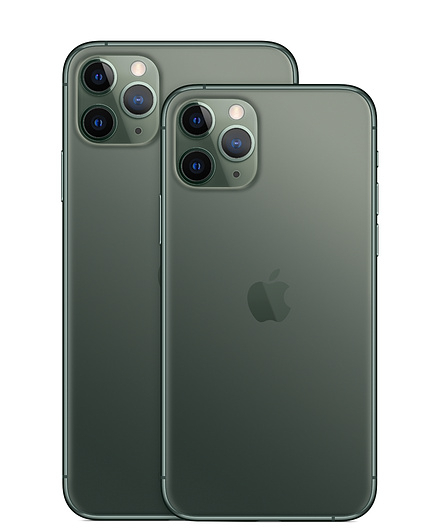Apple may not be doing much with the design of the iPhones lately but the company has been very impressive in the camera department, with every new generation of the iPhone outdoing the older ones when it comes to camera features and overall performance. And it looks like the upcoming iPhone 12 series will be no exception.
The 2020 iPhone trio of iPhone 12, iPhone 12 Pro and iPhone 12 Pro Max are expected to bring a significant upgrade in the camera over their predecessors.
No Optical Image Stabilization
According to industry observers, the upcoming iPhones will utilize a new image stabilization technology called Sensor-Shift Image Stabilization instead of the conventional Optical Image Stabilization that is used in most phones.
The new image stabilization technology is going to be very different from OIS because, in sensor-shift stabilization, the entire camera sensor itself moves to counteract shakes instead of just the optics, which is the case with OIS. What this simply means is that the upcoming iPhones will have the best image stabilization when you are taking a picture or video while running or are in motion.
OIS Vs Shift Sensor Image Stabilization

The iPhones and other smartphones, in general, rely on Optical Image Stabilization for countering shakiness and movement. The technology works by suspending the lens over the camera module using springs and electromagnets and the phone's internal gyroscope sensor. Whenever the phone detects any movement or shakes, the lens moves in the opposite direction with the help of the electromagnets to re-center itself on the image sensor to counter the shake. This movement occurs before the image hits the image sensor.
In the Shift-Sensor Stabilization technology, the entire image sensor moves, instead of just the lens, resulting in better stabilization.
Another advantage of using this new technology is that it will help save space which is otherwise used for placing springs and electromagnets between the lens and the image sensor, thereby, helping reduce camera bumps. However, it is still unclear why Apple is opting for this technology.
What is certain is that the iPhones' already great video taking capability is only going to get better.









